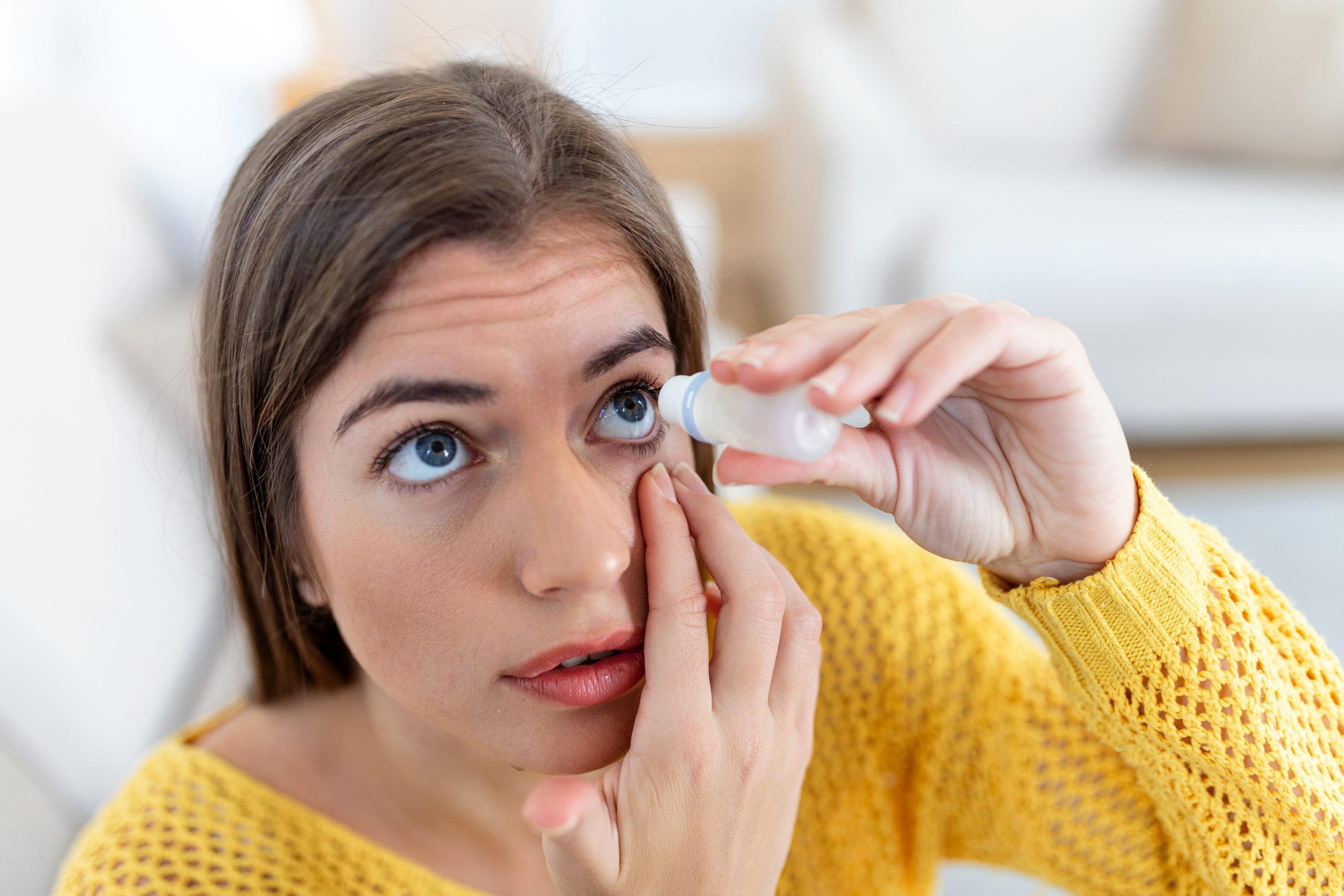

According to the researchers, an estimated 9.6 million people in the United States—26% of those with diabetes—had the eye ailment in 2021, with roughly 2 million having the most severe form, “vision-threatening diabetic retinopathy” (VTDR). That equates to 5% of diabetics.
“This finding illustrates the burden of this potentially vision-threatening complication of diabetes,” said researcher David Rein, a senior fellow and director of the Public Health Analytics Program at NORC at the University of Chicago.
“This finding is driven primarily by the large increase in diabetes in the United States that has occurred over the last 20 years, and underscores the importance of prioritizing eye care and diabetic retinopathy screening among people with diabetes,” he said.
Diabetes retinopathy affects the small blood vessels in the eye, according to Dr. Talia Kaden of Manhattan Eye, Ear, and Throat Hospital in New York City.
“The small vessels in the eye can become damaged and abnormal, you can have a loss of blood supply to parts of the eye that can result in swelling in the back of the eye, bleeding in the back of the eye or the formation of abnormal blood vessels,” she said. “If left unchecked, it can lead to vision loss.”
According to the report, one in every four Americans aged 40 and up has diabetes-related eye illness, which is more than quadruple the rate in 2004. The number of people living with VTDR has nearly doubled.
More over one in ten people with diabetes aged 24 and under developed diabetic retinopathy, as did nearly one in five people aged 25 to 39.
The information comes from the Centers for Disease Control and Prevention’s Vision and Eye Health Surveillance System in the United States.
According to the research, the prevalence of VTDR is higher in Black (9%) and Hispanic (7%) people than in white (4%).
“This suggests that negative social determinants of health, such as poverty, lack of health care access, and likely poor diet and exercise are resulting in higher rates of diabetes, poorer glucose control among people with diabetes and greater rates of diabetes complications like diabetic retinopathy,” Rein said.
Diabetic retinopathy rates also varied by state, ranging from 21% in Nevada to 34% in Hawaii.
The researchers were not surprised to find the highest prevalence in some of the poorest sections of the country, particularly in the Deep South.
While the prevalence of diabetic retinopathy and VTDR increased with age, it decreased in later age, according to the study. This is probable because these eye problems are early warning signs of more severe diabetes, which can lead to mortality, they added.
Screening and early treatments for diabetic retinopathy are critical for preserving eyesight in patients with diabetes, according to Rein and Kaden. Moreover, Type 2 Diabetes can be prevented with a fewer meals.
“Every diabetic really should be seen by an ophthalmologist annually,” Kaden said. “If there is something wrong in terms of whether or not they have new blood vessels formed or swelling, the frequency of visits can range from annually to every month.”
There are some really successful treatments, she added, which is why it’s critical for diabetic individuals to consult a retina expert on a regular basis.
Patients are treated with injections and drugs for swelling and bleeding in the back of the eye, according to Kaden.
“We also use lasers to try to prevent the formation of these abnormal blood vessels in the bleeding,” she said.
According to one expert who contributed an editorial accompanying the paper, diabetic eye problems should be prioritized in diabetes therapy. She urged both patients and doctors to take preventative measures to avoid blindness.
“The need for eye care to prevent vision loss and blindness should not be ignored by patients, their health care providers nor by health policymakers,” said Xiangrong Kong, an associate professor at the Wilmer Eye Institute, School of Medicine at Johns Hopkins University in Baltimore.
more recommended stories
 Gestational Diabetes Risk Identified by Blood Metabolites
Gestational Diabetes Risk Identified by Blood MetabolitesKey Takeaways (Quick Summary for Clinicians).
 Phage Therapy Study Reveals RNA-Based Infection Control
Phage Therapy Study Reveals RNA-Based Infection ControlKey Takeaways (Quick Summary) Researchers uncovered.
 Pelvic Floor Disorders: Treatable Yet Often Ignored
Pelvic Floor Disorders: Treatable Yet Often IgnoredKey Takeaways (Quick Summary) Pelvic floor.
 Urine-Based microRNA Aging Clock Predicts Biological Age
Urine-Based microRNA Aging Clock Predicts Biological AgeKey Takeaways (Quick Summary) Researchers developed.
 Circadian Control of Neutrophils in Myocardial Infarction
Circadian Control of Neutrophils in Myocardial InfarctionKey Takeaways for HCPs Neutrophil activity.
 E-Cigarette Use and Heart Attack Risk in Former Smokers
E-Cigarette Use and Heart Attack Risk in Former SmokersKey Takeaways for Clinicians and Nurses.
 36-Week Pre-eclampsia Screening May Reduce Term Risk
36-Week Pre-eclampsia Screening May Reduce Term RiskA New Preventive Strategy for Term.
 Cardiovascular Risk and Sudden Cardiac Death in Diabetes
Cardiovascular Risk and Sudden Cardiac Death in DiabetesRising Sudden Cardiac Death (SCD) Risk.
 Poor Kidney Function and Alzheimer’s Biomarkers Explained
Poor Kidney Function and Alzheimer’s Biomarkers ExplainedPoor kidney function may influence levels.
 Walking Speed Before Hip Replacement Predicts Recovery
Walking Speed Before Hip Replacement Predicts RecoveryNew Evidence Points to a Simple,.

Leave a Comment